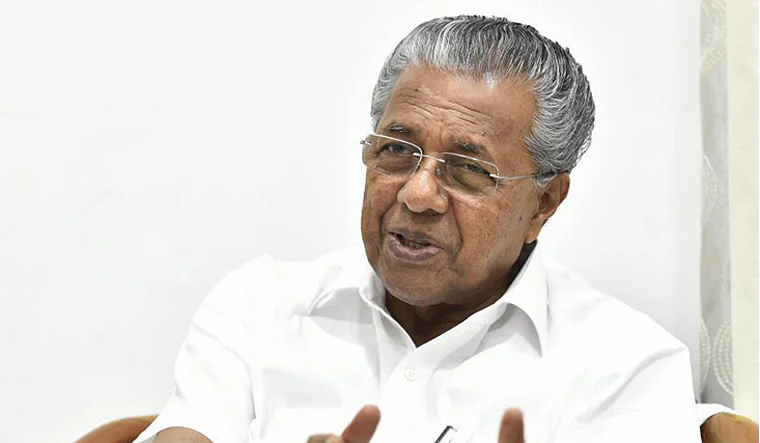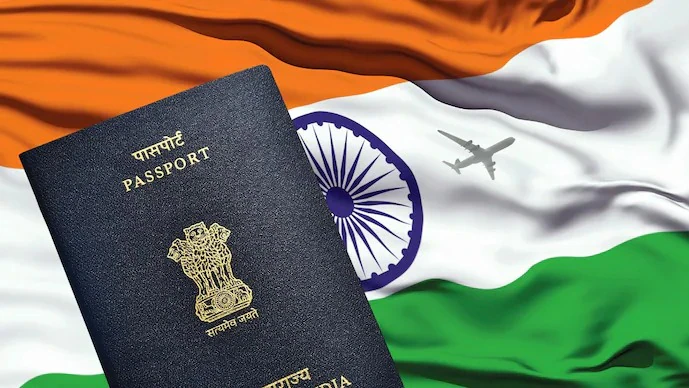Historical evidence confirms that Bhoja’s reign and the area around the temple once featured three dams and a reservoir involving the Betwa River.
Driving through blinding rainfall, drenched but thoroughly enjoying the day long pitter patter to accompanying strains of soft but racy music to match the mood and then sitting on a rickety bench in a roadside makeshift stall to have that energizing cuppa with some fries, is how I remember Madhya Pradesh in the monsoons.
So even though the headlines scream, ‘Heavy rains wreak havoc’, I am transported to idyllic spots like Bhim Bhetka in the Raisen District, about 45 kilometres south-east of Bhopal and the Bhojeshwar Temple about 29 km away.
The lush greenery is unparalleled, with the rains making the scenery ever so beautiful, the exotic greens all rain-washed, sparkling, each leaf dancing and rejoicing in the sharp, moist breeze.
Close to the Bhimbetka rock shelter, a UNESCO World Heritage Site has evidence of the Stone Age with signs of human settlements on a sojourn of cultural evolution from hunter-gatherers to agriculture and spirituality.
Carrying an umbrella and working my way across puddles, what I loved most were the prehistoric cave paintings, the oldest-known rock art in India with the earliest being about 10,000 years old corresponding to the Indian Mesolithic together with the 550 million years old Dickinsonia fossils.
Posing against some of the difficult to navigate rock structures, I managed to get some pictures clicked that, once shared, were immensely liked by my friends and family. With the dancing and hunting figures, some random and others in storytelling mode etched across the rock structures, the sight is truly intriguing, and I could not but help imagine life as it was in those times. Composed in black lines and some of them a bit smudgy, the drawings are similar to aboriginal rock art in Australia and the paleolithic Lascaux cave paintings in France.
The lush greenery is unparalleled with the rains making the scenery ever so beautiful, the exotic greens all rainwashed, sparkling, each leaf dancing and rejoicing in the sharp, moist breeze.
The season was such that the rains came down heavily during the drive to visit Bhojeshwar Temple the next day. Built by the 11th-century Paramara king Bhoja, the building has become structurally weak because of the regular rainwater percolation.
It was in 2004, that the Archaeological Society of India (ASI) sealed the gaps to prevent rainwater percolation and added a missing pillar to the structure and closed the ceiling which had been left open, with a new architectural component matching the original one, to stop the water percolation.
The ASI has also repaired the damaged steps of the platform and the sanctum and restored the missing ones too, as well as the facade on the northwest corner of the temple.
The temple structure has windowless walls built with sandstone blocks. The 7.5 feet high lingam here inspires awe and amazement, though this much-revered Shiva temple is said to have never been completed.
Unfinished architectural fragments in various stages of carving to the north and east of the temple corroborate the fact that its construction was abandoned midway for some unknown reason.
Historical evidence confirms that Bhoja’s reign and the area around the temple once featured three dams and a reservoir involving the Betwa River. It was a unique spiritual experience indeed walking around the enormously high lingam and then just spending time sitting on the rain splashed platform outside the temple.
Among its peculiarities, the temple has no mandapa and the roof is rectilinear instead of the usual dome structure. Although it is difficult to believe but the superstructure of the Bhojpur temple could have been a funerary, according to some experts.
Come Maha Shivaratri, and thousands of devotees descend on the temple. Not difficult to imagine that the Bhojpur Utsav, a cultural event organized at the site every year by the MP Government, draws huge crowds with celebrity singers like Kailash Kher and Sonu Nigam performing.
And while the torrential rains showed no signs of even converting into a drizzle, it was time for my drive back. I looked around literally soaking in the drops that strayed inside my umbrella as well as the memory of Bhojeshwar Temple, before moving ahead enjoying the verdant expanse along the road that snaked towards my guesthouse.











